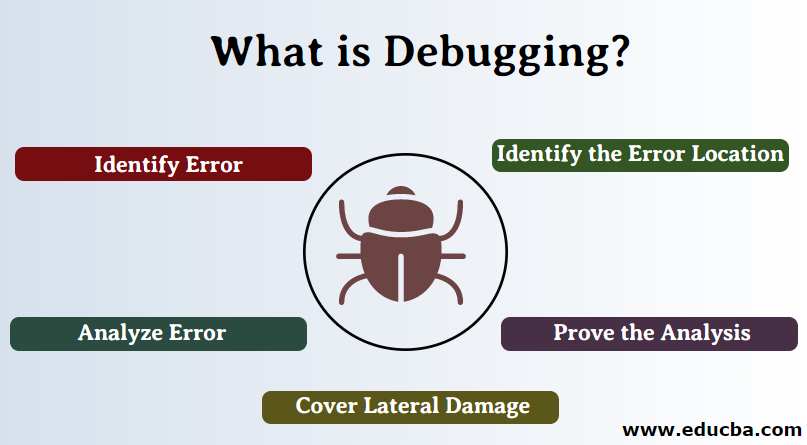Debugging is a vital part of the software development process. No matter how experienced a developer is, bugs are bound to happen. However, with the right techniques and strategies in place, you can effectively squash bugs and ensure the smooth functioning of your software.
1. Understand the Bug
The first step in effective debugging is to understand the bug. This involves reproducing the bug consistently and understanding the steps that lead to it. By understanding the bug’s behavior and triggers, you can effectively troubleshoot and fix it.
2. Use Debugging Tools
There are a plethora of debugging tools available to developers that can greatly simplify the debugging process. Tools like debuggers, profilers, and log analyzers can help you pinpoint the root cause of a bug quickly and efficiently. Make sure to leverage these tools to your advantage.
3. Break Down the Problem
When faced with a complex bug, it can be overwhelming to tackle it all at once. Break down the problem into smaller, more manageable pieces. This will help you isolate the issue and troubleshoot it systematically.
4. Use Source Control
Source control systems like Git can be incredibly helpful in debugging. By using version control, you can track changes in your codebase and effectively pinpoint when and where a bug was introduced. This can save you a lot of time and effort in troubleshooting.
5. Write Test Cases
Writing test cases can help you identify bugs early in the development process. By writing comprehensive test cases, you can validate the functionality of your code and catch bugs before they become bigger issues. Test-driven development is a great practice to adopt in order to prevent bugs from happening in the first place.
6. Collaborate with Others
Don’t be afraid to seek help from your colleagues or online communities when debugging a tough bug. Collaborating with others can provide fresh perspectives and insights that you may not have considered. Two heads are better than one when it comes to debugging.
7. Take Breaks
Debugging can be a frustrating and time-consuming process. It’s important to take breaks and step away from the problem when you feel stuck. Sometimes, a fresh perspective after a break can lead to a breakthrough in troubleshooting.
8. Document Your Journey
As you debug a bug, make sure to document your journey. Keep track of the steps you’ve taken, the solutions you’ve tried, and the outcomes of those solutions. This documentation can serve as a valuable resource in the future if you encounter similar bugs.
Conclusion
Debugging is an essential skill for any developer. By following these tips and techniques, you can effectively squash bugs and ensure the smooth functioning of your software. Remember to stay patient, persistent, and methodical in your approach to debugging, and you’ll be well on your way to becoming a debugging pro.
